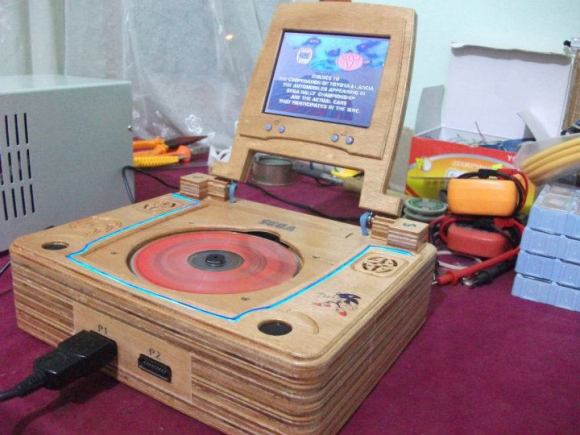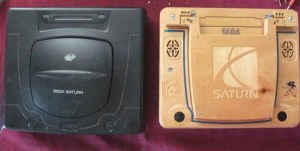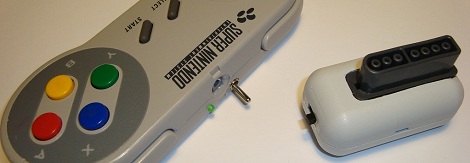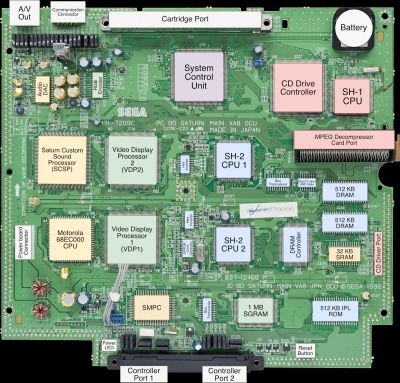
In the annals of game console history, the Sega Saturn is probably the most convoluted system of all time, even giving the Playstation 3 a run for its rings. Also known as the system on which Sega beached itself before its Dreamcast swansong, it featured an incredible four CPUs, two video processors, multiple levels and types of RAM, all pushed onto game studios with virtually no software tools or plan how to use the thing. An introduction to this console’s architecture is provided by [Rodrigo Copetti], which gives a good idea of the harrowing task of developing for this system.
Launched in Japan in 1994 and North America and Europe in 1995, it featured a double-speed CD-ROM drive, Hitachi’s zippy new SH-2 CPU (times two) and some 3D processing grunt that was intended to let it compete with Sony’s Playstation. The video and sound solutions were all proprietary to Sega, with the two video processors (VDP1 & 2) handling parts of the rendering process which complicated its use for 3D tasks, along with its use of quadrilaterals instead of triangles as with the Playstation and Nintendo 64.
Although a lot of performance could be extracted from the Saturn’s idiosyncratic architecture, its high price and ultimately the competition with the Sony Playstation and the 1996 release of the Nintendo 64 would spell the end for the Saturn. Although the Dreamcast did not repeat the Saturn’s mistakes, it seems one commercial failure was enough to ruin Sega’s chances as a hardware developer.

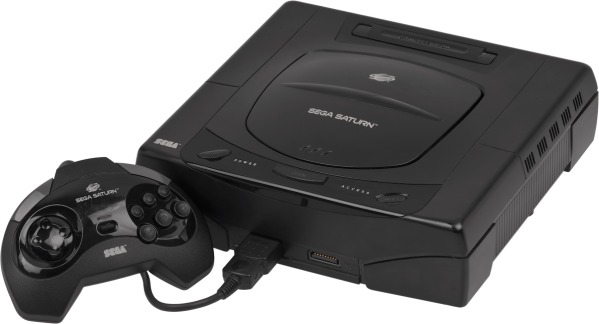

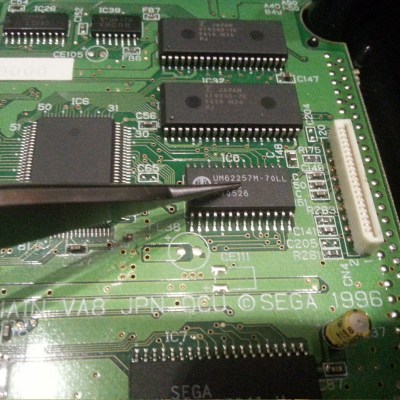
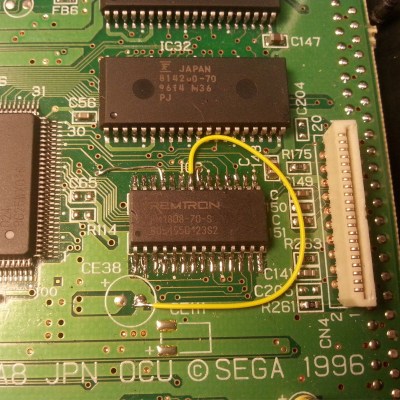
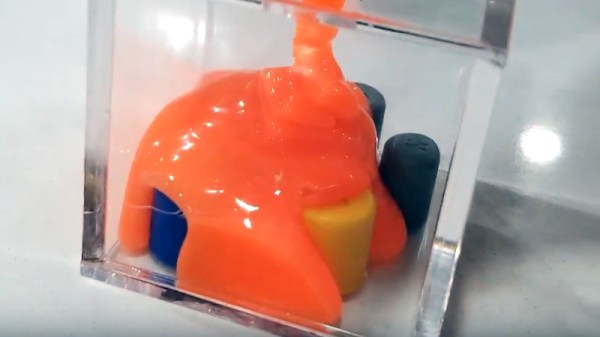
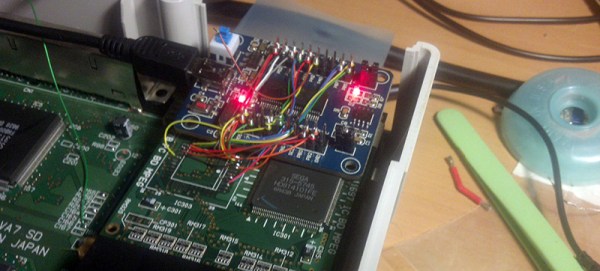
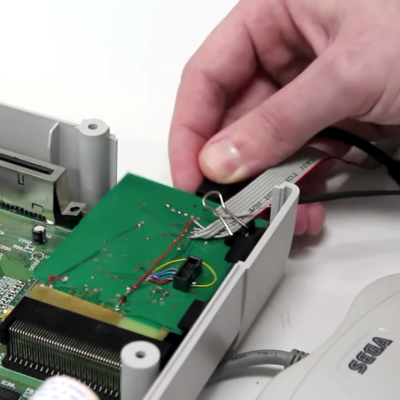 According to [jhl], the design of the Sega Saturn is tremendously complicated. There’s an entire chip dedicated to controlling the CD drive, and after some serious reverse engineering work, [jhl] had it pretty much figured out. The question then was how to load data onto the Saturn. For that. [jhl]
According to [jhl], the design of the Sega Saturn is tremendously complicated. There’s an entire chip dedicated to controlling the CD drive, and after some serious reverse engineering work, [jhl] had it pretty much figured out. The question then was how to load data onto the Saturn. For that. [jhl] 